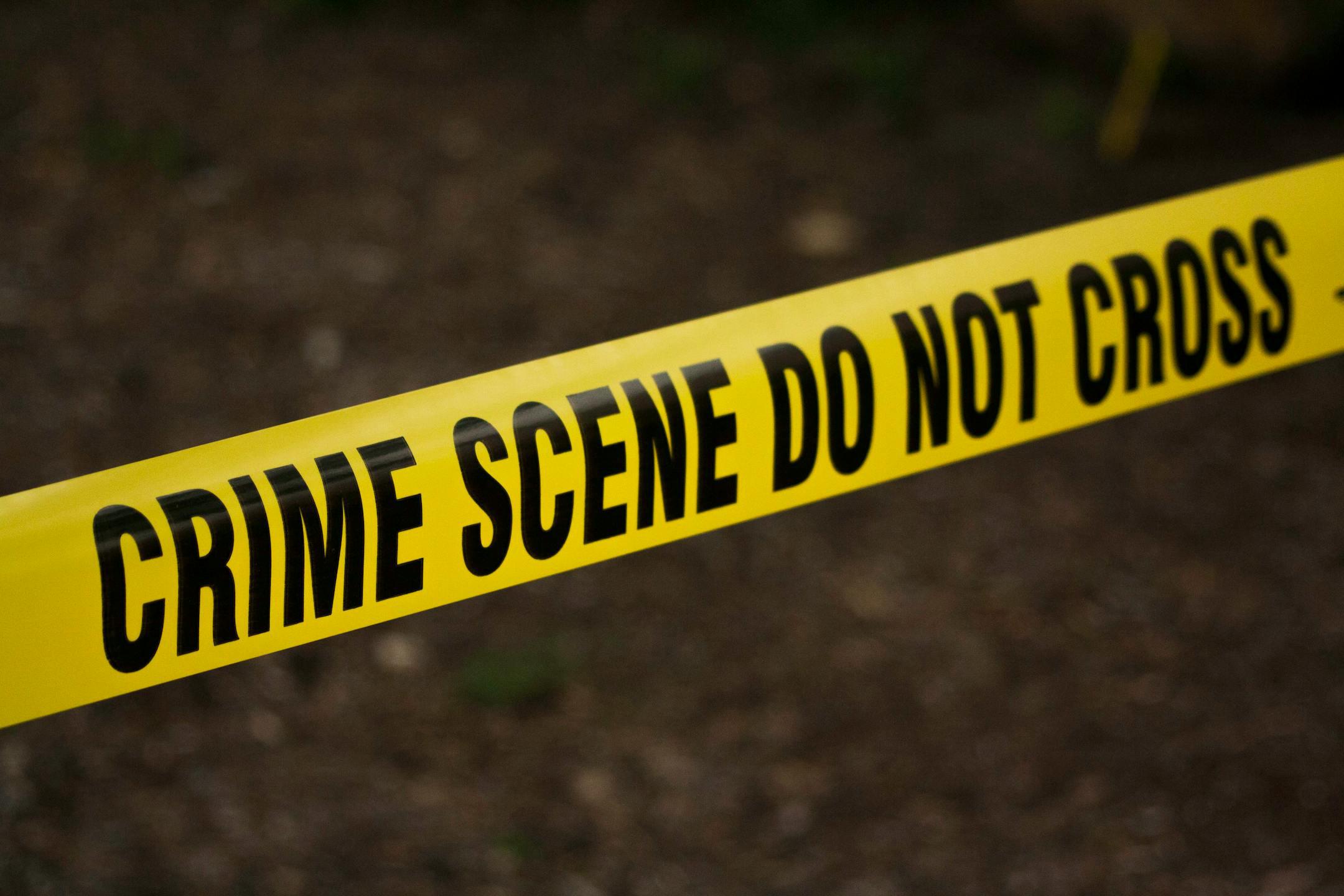
As we are reminded by this weeks tragedy in New York, active shooter incidents have tragically become a recurring headline. Journalists covering these incidents often times arriving on location with police, fire, and emergency medical personnel. Those assigned to cover these chaotic situations face unique challenges that require specific training, clear planning, and robust newsroom support. This post outlines the crucial aspects of preparing and responding safely when reporting from an active shooter scene.
The Importance of Newsroom Preparedness
The key to safe and effective coverage of active shooter events begins long before journalists arrive on the scene. Newsroom preparation is critical. It is imperative that news organizations conduct thorough risk assessments, clearly define assignment criteria, and establish comprehensive emergency communication protocols.
Newsrooms can enhance their staff's safety by implementing several foundational practices:
- Pre-assignment Briefings: Clearly define risks and establish go/no-go criteria. Inform journalists about the situation's expected hazards.
- Emergency Contact Protocols: Provide reporters with emergency numbers, establish routine check-in schedules, and assign backup contacts.
- Remote Monitoring: Utilize GPS and secure applications to maintain real-time location awareness of reporting teams.
- Aftercare Planning: Facilitate trauma-informed debriefings and provide accessible mental health resources following assignments.
- Safety Training: Regular active shooter response drills, personal safety courses, and trauma care training (such as "Stop the Bleed") should be standard for journalists.
Newsrooms should also maintain clear standard operating procedures (SOPs) for crisis coverage and assign safety officers to manage high-risk situations, ensuring reporters are equipped with necessary personal protective equipment (PPE) and emergency gear.
Understanding Active Shooter Dynamics
Active shooter incidents differ significantly from other crises or crime scenes due to their inherent unpredictability and rapid evolution. Shooters may move quickly, employ multiple weapons, and have unclear targets, making it difficult to identify safe areas. Furthermore, active shooter situations can involve multiple locations, increasing complexity and danger.
Journalists need to recognize several critical ballistic threats associated with active shooter situations:
- Extended Firearm Range: Weapons commonly used by shooters, like AR-15 rifles and handguns, have lethal ranges far greater than one may initially anticipate.
- High Penetration Power: Rifle rounds can easily penetrate typical barriers like walls, glass, and vehicle doors, potentially rendering common cover ineffective.
- High Volume of Fire: The capability for rapid-fire significantly reduces reaction and escape times.
Journalists must maintain constant situational awareness, recognizing that hiding behind drywall or vehicles may not offer sufficient protection. Instead, reporters should identify cover with proven ballistic resistance and employ terrain and distance strategically to minimize exposure.
Immediate Actions and Protective Measures
Upon arriving at or inadvertently being caught in an active shooter scene, journalists must prioritize personal safety above all else. Immediate actions should include:
- Seeking Protection: Identify immediate solid cover or concealment to avoid direct exposure.
- Minimizing Exposure: Stay low and avoid open areas. Continuous reassessment of escape routes and safety zones is vital.
- Law Enforcement Compliance: Clearly display your hands and avoid sudden movements to prevent being misidentified as a threat.
Journalists should carry essential emergency gear, such as trauma kits, and maintain discreet communication channels to relay updates to their newsroom safely.
Strategies for Cover, Concealment, and Movement
Journalists must clearly differentiate between cover and concealment. Cover refers to physical barriers, like concrete walls, capable of stopping bullets. Concealment merely hides you from sight but provides no ballistic protection. Effective movement through dangerous spaces involves:
- Staying Low: Crawl or crouch-walk to reduce visibility and risk.
- Avoiding Grouping: Maintain spacing to prevent drawing attention from shooters and responders.
- Planning Movement: Visualize and map out potential protective spots such as vehicles, pillars, or structural supports upon arrival.
Always assume that previously cleared areas may still be dangerous, and maintain situational awareness at all times.
Effective Communication and Coordination
Clear and strategic communication is crucial during active shooter events. Journalists should follow a structured communication plan.
Journalists should avoid real-time social media posts that may inadvertently reveal their location or the positions of law enforcement. Instead, locations should be shared exclusively with the newsroom via secure GPS tracking, ensuring operational efficiency and enhanced safety.
Ethical Considerations and Psychological Resilience
Covering an active shooter situation requires not just logistical preparedness but ethical sensitivity and emotional resilience. Journalists must carefully balance their professional duties with the human and ethical dimensions of reporting:
- Respecting Privacy: Avoid intrusive interviews or broadcasting graphic images that may cause additional trauma to victims or families.
- Managing Trauma Exposure: Journalists risk developing PTSD or burnout due to repeated exposure to traumatic events. Establish clear trauma boundaries and seek professional mental health support proactively.
Conclusion and Reflection
Understanding and applying these best practices can significantly reduce, but cannot eliminate, the risks faced by journalists covering active shooter events. Journalists must prioritize their safety, operate ethically, and maintain communication and support systems. Reflecting on these lessons helps reinforce responsible and effective journalistic practices.
Remember, journalists are not first responders. Life preservation must always take precedence over capturing footage or gathering information. By preparing thoroughly, maintaining awareness, and adhering to structured safety and ethical guidelines, journalists can navigate the complexities of active shooter situations more effectively, ensuring their safety while responsibly serving the public interest.
Through our comprehensive training programs and invaluable resources, we equip journalists with the skills and knowledge they need to navigate dangerous environments effectively. By raising awareness of these critical issues and encouraging donations, we aim to bolster our initiatives and enable more journalists to carry out their vital roles with confidence. Together with our partners and supporters, we can create a safer environment for those who bravely report the truth in times of crisis, fostering a well-informed public ready to respond to the challenges of our time.
To learn more, visit www.crisisreadymedia.org
